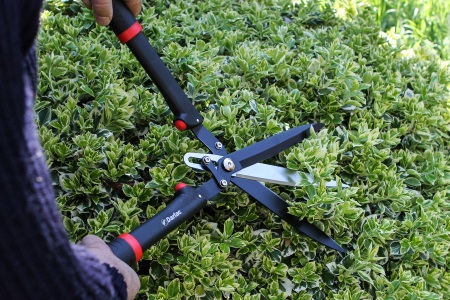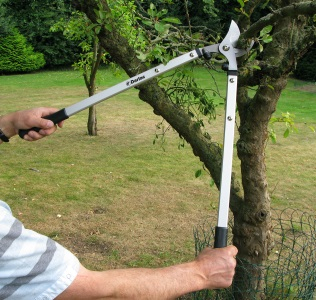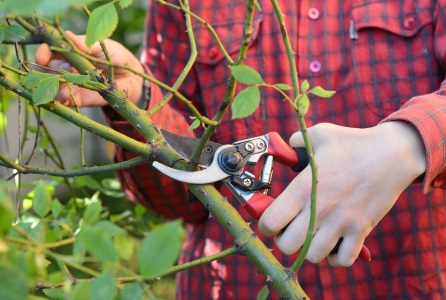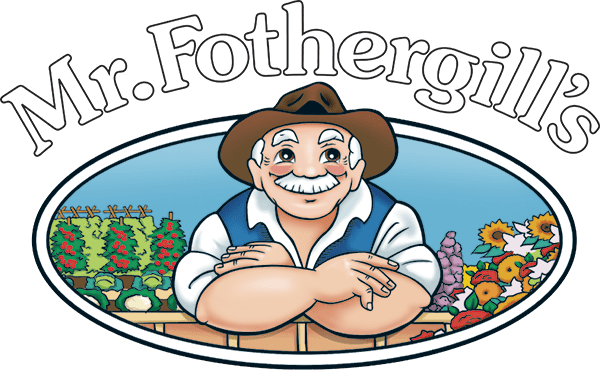Ten Rules of Pruning
May 9, 2019
We often get asked the question of when to prune the garden, this is quite a difficult question to answer as there are many factors to consider such as why you are pruning, what plant you’re pruning, and your location and the growth behaviour of plants in your region. So rather than writing the definitive guide to pruning, here are the basic pruning rules to abide by:

- The most general rule is that pruning is best done when plants are dormant to reduce stress to the plant. During dormancy it is also easier to see and access the branches to prune them.
- Prune dead, diseased or damaged branches at any time of year. By removing diseased growth, you’re making the plant healthier and allowing it to focus its energy on desired growth and fruiting, you’re also helping it withstand harsh weather conditions.

- Spring flowering plants should be pruned straight after flowering has finished.
- Summer flowering plants should be pruned in late Winter. Pruning before flowering may result in the accidental removal of immature buds or may affect general bud formation.
- For fruiting trees, prune after the main fruiting season has finished. The way you prune will depend on what type of fruit tree/bush it is.
- Fruit trees may need additional pruning by way of thinning during the fruiting period. Remove excess/overcrowded fruit which may weigh down branches causing them to break, it also allows better formation of the remaining fruit. Thin out the growth of the tree to allow better air movement through the tree.
- Berry bushes should be pruned after fruiting finishes. For varieties that fruit on the current years wood, these can be pruned back to ground level after fruiting. For varieties that bear fruit on two year old canes, remove any canes that have already borne fruit, just leaving the new canes for next year’s crop
- Use the right sized tool for the job. Secateurs are good for small and soft pruning jobs of branches with diameters smaller than your index finger. Small buds can be pinched out using your fingers. Loppers and saws are required for harder wood and larger pruning jobs.
- Use sharp/well maintained tools to prune. A clean sharp cut will heal quicker and reduce the risk of disease. Avoid crushing the limb or tearing the bark back when pruning.
- Prune as close to the collar as possible but avoid damaging the main limb. The collar is the swelling around the joint where a branch joins the main limb.



